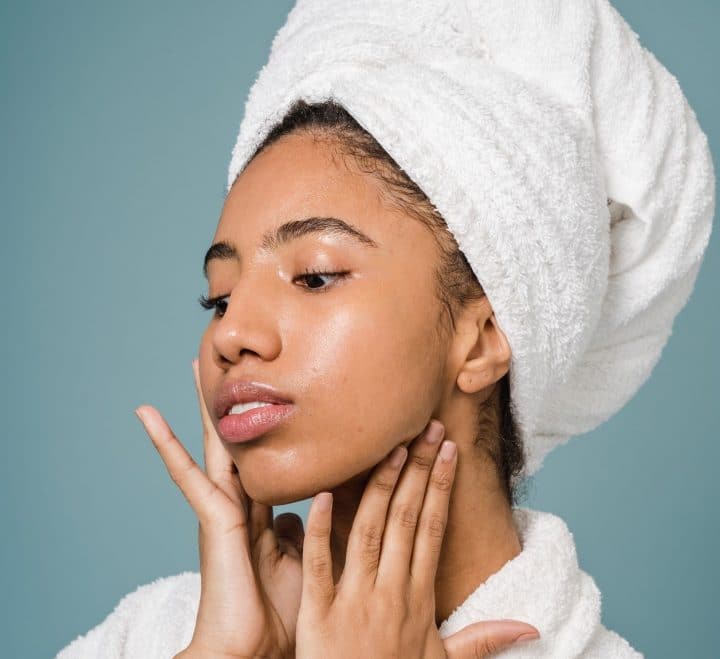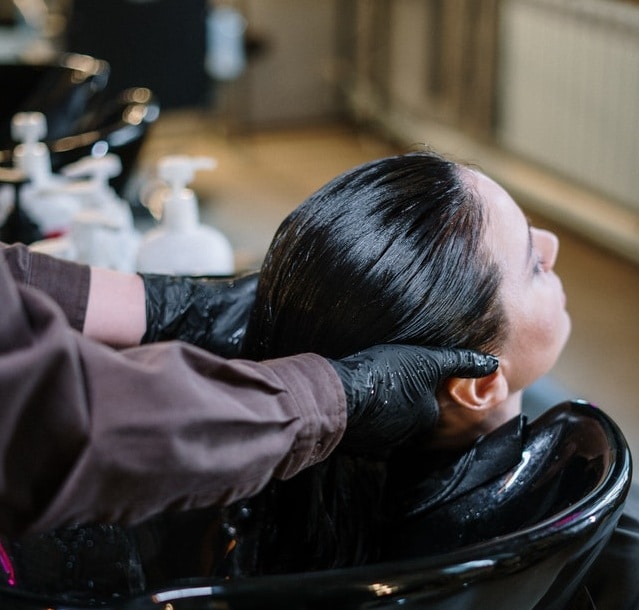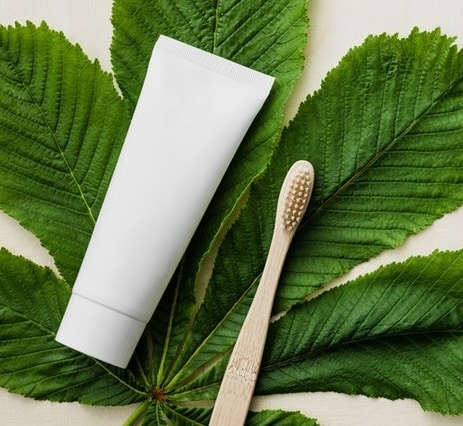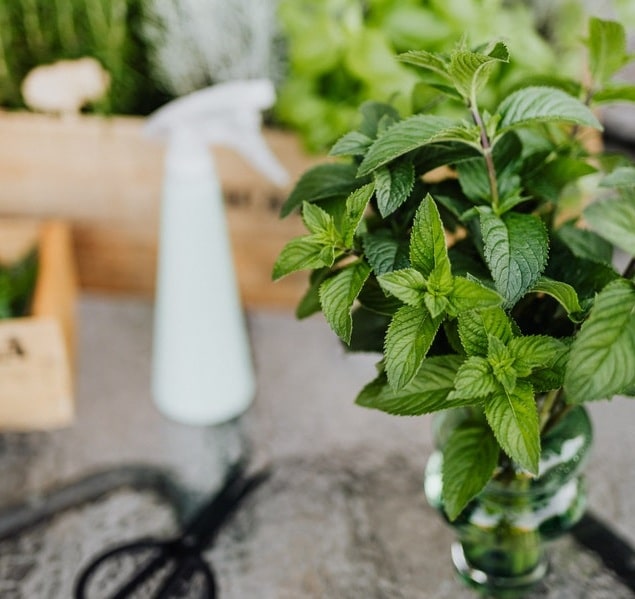How much do you know about peppermint? Here is a little trivia. Did you know that peppermint is a genetic hybrid between watermint and spearmint? You may know peppermint as a flavoring for gums, candies, and even toothpaste, but did you know that peppermint oil for skin is more common than you think?
Before, peppermint was used to treat pain, but today, there is more to peppermint than most of us know. We’ll be sharing six amazing uses of peppermint, but first, let’s answer one of the most common questions about peppermint.
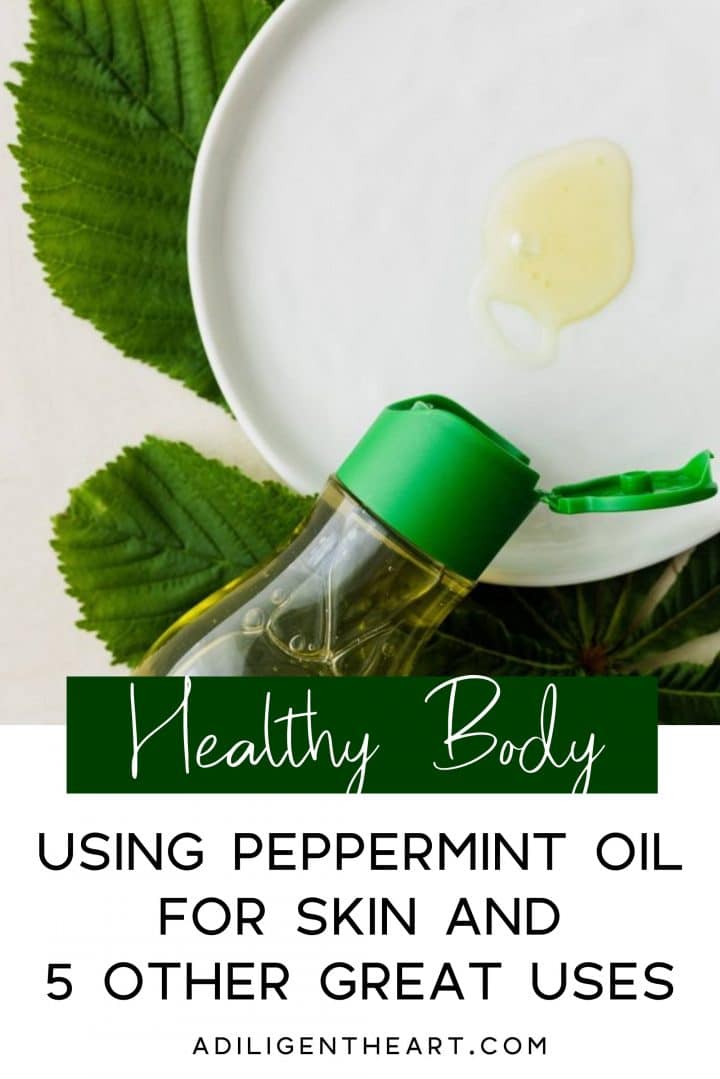
Is Peppermint Extract the Same as Peppermint Oil?
The answer is no. In fact, they are two very different things. The pure essential oil of peppermint found from its leaves is what we know as peppermint oil.
The mixture of peppermint essential oil and alcohol is what we know as the extract. Essential peppermint oil is very strong, so you need to know how to use it.
There is edible peppermint oil, and there are those you can only use for aromatherapy and other non-edible uses.
Here are the other uses of peppermint oils.
Peppermint Oil for Skin
You may be wondering how to use peppermint oil on face and skin.
One of the main ways to use it is to relieve itchiness. Did you know that a tiny drop of peppermint oil can be an effective treatment for insect bites? Poison ivy, poison oak, hives, and minor rashes can be treated with peppermint oil as well.
The oil calms and soothes the affected areas, relieving the itchiness and cooling down the inflamed skin.
Headache Reliever
In 1996, a study was conducted in which subjects with headaches rubbed peppermint oil into their temples and forehead. The study showed that peppermint oil relieves headache pain as much as over-the-counter acetaminophen.
Just three or four drops of the oil rubbed into your temples and forehead before bed can help with insomnia, too.
Stomach Soother
Peppermint tea has been shown to ease diarrhea and constipation, soothe stomach pain caused by gas, bloating, or cramps, and is commonly used to relieve irritable bowel syndrome.
Using peppermint extract in tea can also aid with nausea and reduce stomach pain caused by stress. Plus, it gives your tea a cooling and minty flavor.
Hair Revitalizer
You might have noticed before that peppermint oil is a common ingredient in many household shampoos and conditioners.The reason is that peppermint can refresh the scalp, stimulate blood flow to the area, and clear away dandruff. Plus, it makes your hair look shiny and smell minty.
Oral Assistant
Peppermint is not only good for bad breath. It also targets and kills bacteria that hide in the cracks and crevices of your teeth and gums that your toothbrush can’t get to.
That’s why peppermint is a common ingredient in kinds of toothpaste and mouthwashes. Next time you go grocery shopping, find a pepper mint spray and try it.
Sinus Reliever
Drinking any type of hot tea with honey in it will work as a decongestant, but peppermint tea goes above and beyond. The menthol in peppermint is believed to relieve sinus pressure by helping to widen nasal passages and break down the mucus.
A peppermint herbal tea will also help relieve a sore throat, which usually accompanies congestion from colds or allergies.
Takeaway
Who would have known that there is more to using peppermint oil for skin? From drinking, bathing, and even treating your stomach, you can use peppermint and start enjoying the many benefits of this awesome herb.
[Source: Best Health Mag. Healthline, Huffington Post, Livestrong, Organic Authority, WebMD]
